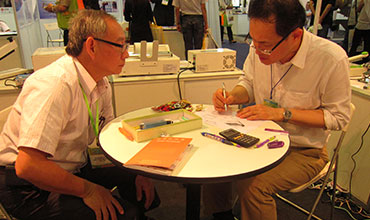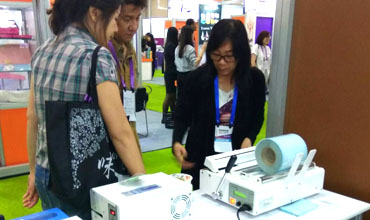Made in Taiwan. UL certification.
.jpg)
- Detail
Solenoid Valve:
• UL certification
• Solenoid Valve Spec:
|
Input terminal: |
|
|
Anti pressure test |
0.6 KV 60 SEC 10 mA |
|
Orifice |
3.0mm |
|
Port Size |
Ø7 |
|
Working pressure |
0-0.3 Mpa |
|
Operation Temperature |
0-60℃ (When not frozen) |
|
Temperature class of |
class A |
|
Size |
18*7*47mm |
Specification
You May Also Like
Why Choosing Dailysealing
Parts and material quality control
- Heating elements are from Japan.
- Motor, Transformers, PCB and vacuum bags are made in Taiwan.
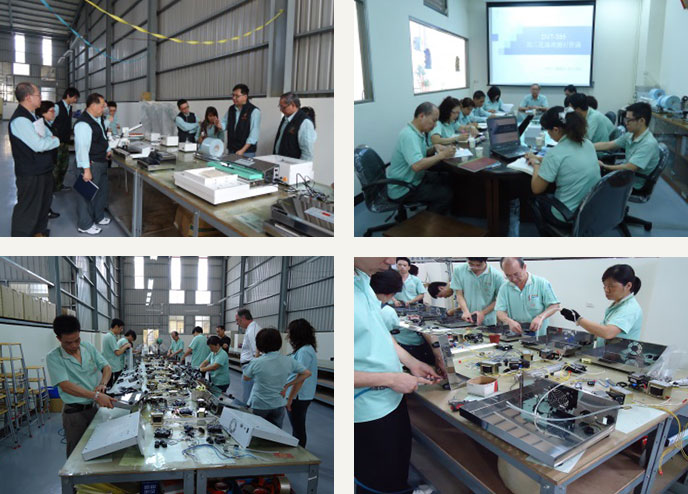
Strict quality control
- 100% product inspection: The inspection is included functions and appearance of sealing machines.
- Tensile strength test to ensure the sealing line tensile strength value reaches the customer standard.
- Electric leakage test: Puncture and insulation test.
- Our production and inspection are all based on ISO 9001.
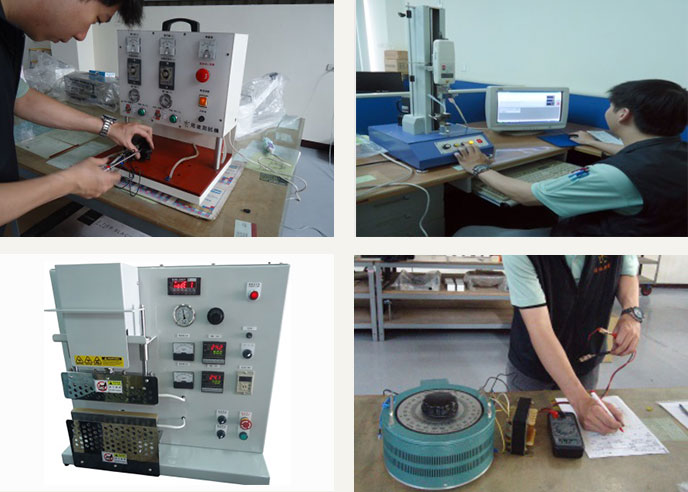
Professional packaging and sealing machine factory
- Produce many kinds sealing machines and ODM/OEM products and provide custom-made services.
- More than 30 year experiences in packaging machines industry.
- Sell sealing machines to America, Europe, Latin America and Asia.
- 85% products in stocks, so we can deliver the products quickly.
- The production process is based on SOP to ensure the quality of sealing machines consistently.
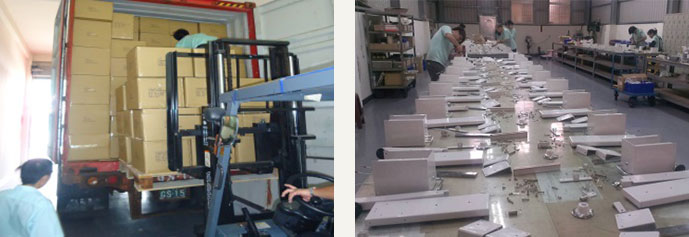
Complete range of specifications of sealing machines
- Complete range of specifications of sealing machines.
- Many kinds of sealing machines and consumptive materials in stocks, so customers can do one-stop shopping here.
- The customers include Biotechnology companies, Medical equipment companies, Food industry, Electronics industry, Handmade soap industry and other industry..
Custom-made sealing machine service
- Custom-made sealing machine service
- Designs of the special sealing machine for irregular shape sealing line, such as U-shape sealing line and L-shape sealing line.
- Different width of sealing line could be custom-made to meet customer requirements.
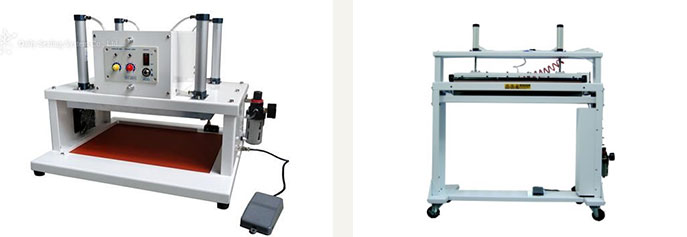
After-sales service of professional sealing machine
- Provide the professional service for repair the broken sealing machine immediately.
- The sufficient supply of parts stock, so don’t worry about the parts replace.
- Some parts of sealing machine are used in common specifications, so it is easy to get the parts for replace.
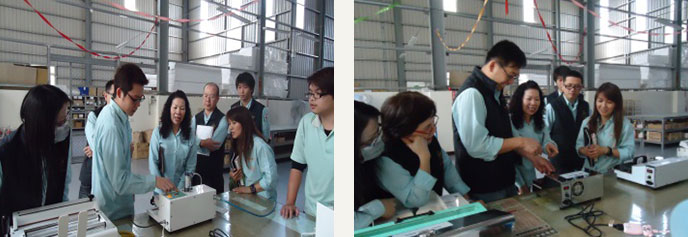
Exhibitions and trade shows
News
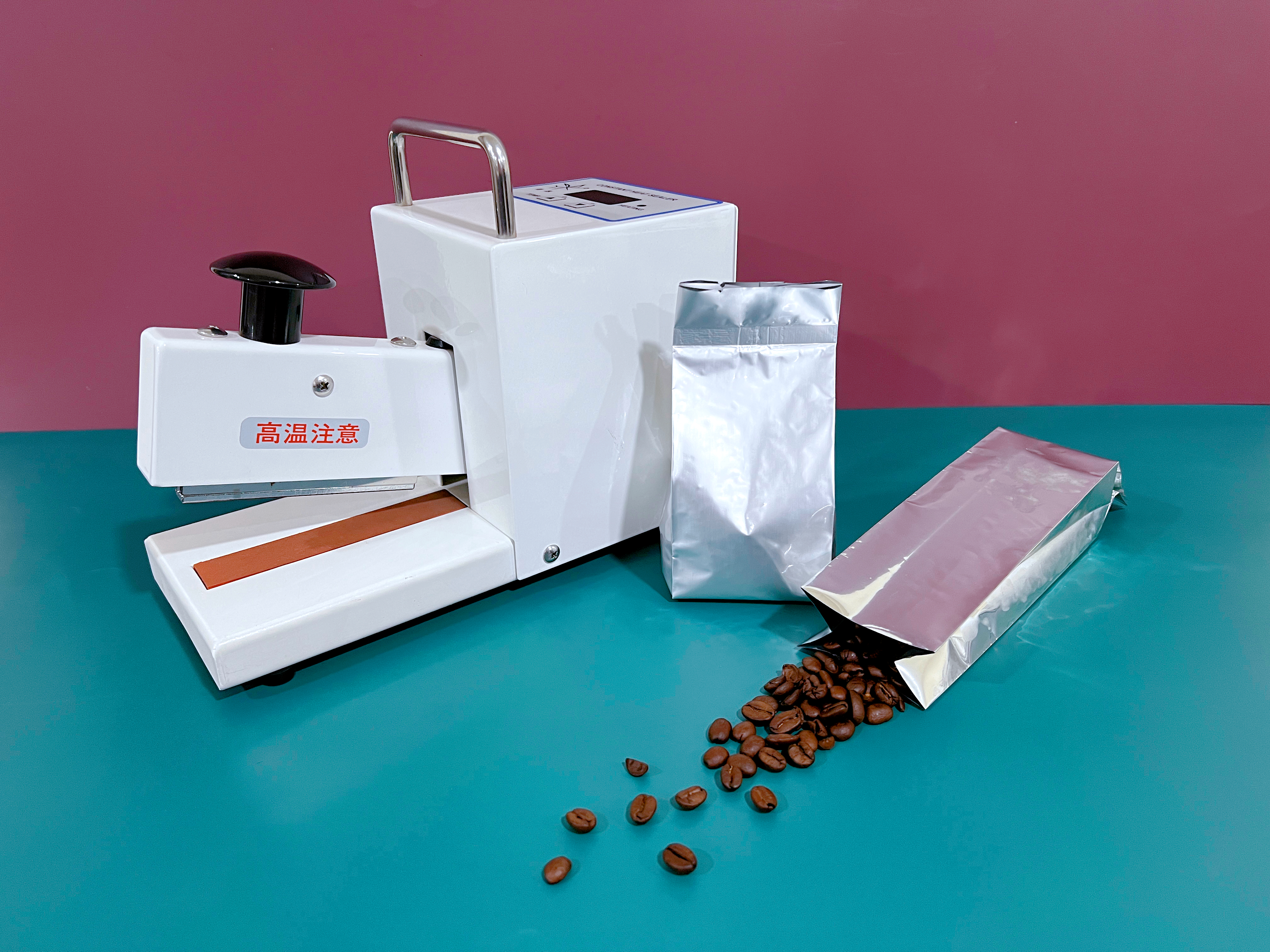
2023/4/28
How to choose a suitable sealing machine? (Impulse heat sealer vs. constant heat sealer)
Various types of sealers on the market have different features and operating methods, how to choose a sealing machine that is easy to use and suitable for you. The following are divided into two types according to the heating method of the sealing machine:
Impulse heat sealers and Constant heat sealers are introduced. Impulse heat sealers can set sealing time to heat. When the operator presses the handle to touch the micro switch, heating element will be heated and when reaching the set sealing time, power
off automatically, the heating element is no longer heating. The impulse heat sealer can be divided into single heating and double heating. The applicable materials are as follows: Single heating: plastic bags, such as PE, PP, non-woven bags etc. Double heating:
aluminum foils gusset bags (such as tea bags), vacuum bags, sterilization bags, and thick bags. The width of the heating element of the impulse heat sealer is divided into 2mm/2.7mm, 5mm and 10mm. If you want to fuse without leaving an edge, you need
to choose a round wire: 0.6mm/0.8mm. Consumables for Impulse heat sealer include heating element, Teflon cloth, and Teflon tape. Different types of sealing machine, such as hand type sealers and foot type sealers, use the different size Teflon tape or Teflon
cloth. Please ask for details of consumables when purchasing. Tips: 1. Different bags require different heating time. We suggest the users set the short time in the beginning. If the sealing line is not complete, the user can set a little longer sealing
time. Please don’t set the maximum sealing time in the beginning. If the sealing time is too long, the bags will be melted. It will also shorten the life of the heating element. If the sealing line melts, please decrease the sealing time. 2. When the
sealing time of the sealing machine reach the target time (the red light is off), stay for a few seconds for the cooling time and then release the handle, the sealing line will be beautiful and complete. 3. If the heating light indictor is on, but the
heating element can't heat up. Please check the heating element, maybe the heating wire is broken. The user can take off the Teflon cloth first to check the heating element. If the Teflon cloth is burnt black, even burned, please replace the Teflon cloth.
If the user doesn’t change the new one, it might make the heating element broken fast. Constant heat sealer is temperature controlled sealing machine. After turning on the power, it needs to warm up for 5-10 minutes. When the temperature of the sealing
seat reaches the set temperature, it will maintain constant temperature. Constant heat sealers use heating tubes or heating plates for heating. Because the heating bars maintain the high temperature, be careful when operating the constant heat sealers. Please
don't touch the heating bar to avoid burns. There are three patterns of sealing line: net pattern (cross pattern), stripes pattern, and flat pattern. More people choose cross patterns. The constant heat sealer is available for aluminum foil bag, vacuum nylon
bag, tinfoil bag, sterilization bag. Please don’t use the constant heat sealer to seal PE, PP and other plastic material bags. The bags will melt and stick to the heating bar. It will be hard to clean up the heating bar, and might make the sealing line incomplete.
The width sealing line of constant heat sealer is 10mm and 15mm. Tips: The different materials bags are suitable for different temperatures. We suggest the users start to seal the bags by low temperature. If the sealing line is not complete, it means the
temperature is not enough, please set a little higher temperature. If the sealing line melts, indicates the temperature is too high, please turn down the temperature. When the users adjust the higher or lower temperature, please wait the few seconds to let
the current temperature to reach the setting temperature.
MORE
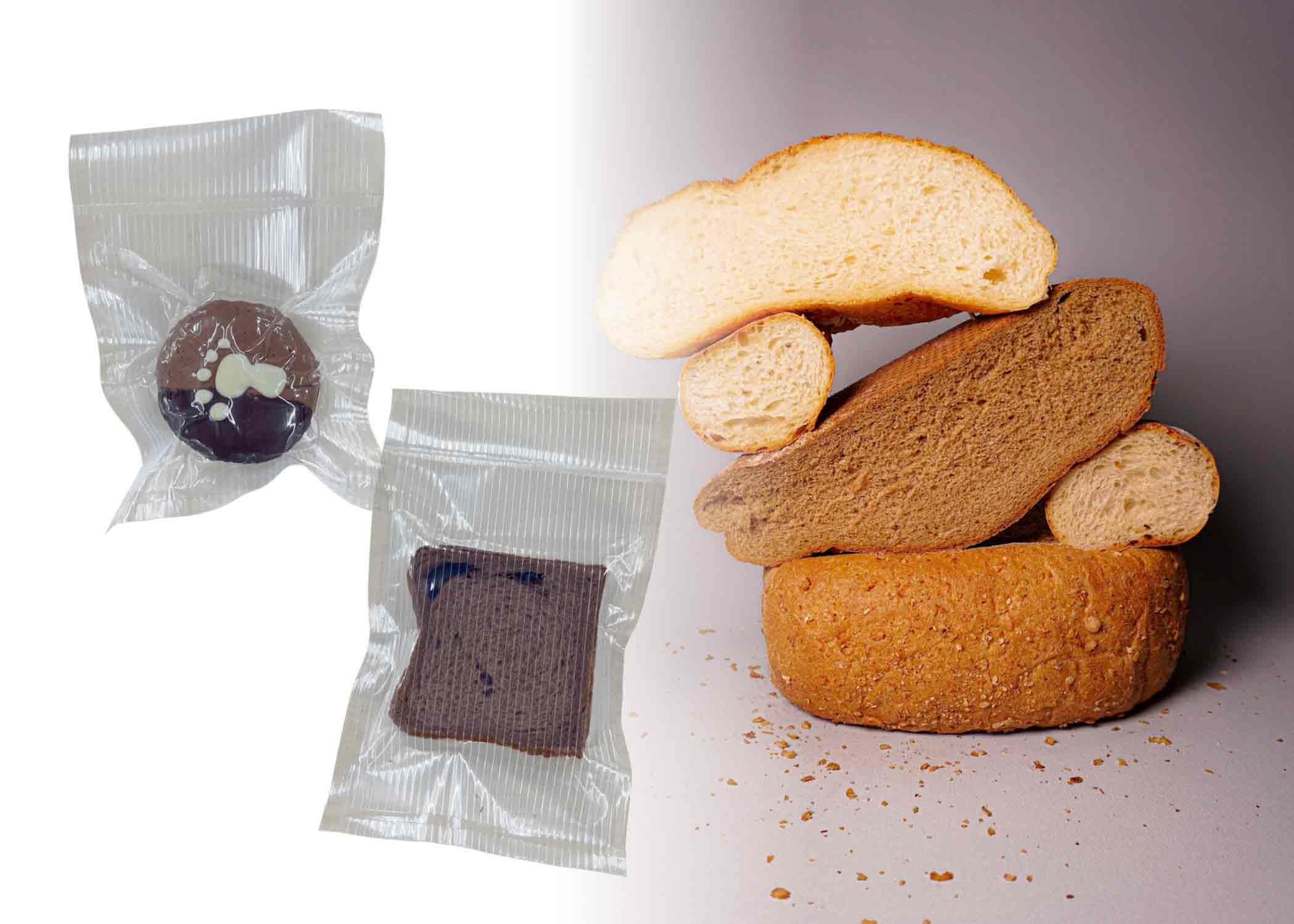
2025/2/18
Vacuum Sealing: A Baker's Best Friend
Vacuum Sealing: A Baker's Best Friend Vacuum sealing has revolutionized food storage, and baking is no exception. By removing air from packaging, vacuum sealing helps: ◆Extend Shelf Life: Preserve ingredients like flour, nuts, and yeast for longer,
preventing spoilage and ensuring optimal baking results. ◆Maintain Freshness: Keep baked goods like cookies, cakes, and bread fresher for longer by preventing moisture loss and staling. Daily Sealing Vacuum Sealer is perfect for home bakers. It's designed
to handle both dry and liquid ingredients, making it ideal for preserving a wide range of baking supplies and finished products. Key benefits of using Daily Sealing vacuum sealer: ◆Easy to use: Simple operation for convenient home use. ◆Versatile: Suitable
for various baking ingredients and products. ◆Durable: Built to last for long-term use. Tips for vacuum sealing: ◆Choose the right bags: Use food-grade vacuum bags for safe storage. ◆Set the correct vacuum level: Too much vacuum can damage soft goods,
while too little won't be effective. ◆Store properly: Refrigerate or freeze vacuum-sealed items for optimal preservation. By investing in a vacuum sealer, home bakers can enjoy fresher ingredients, longer-lasting baked goods, and more efficient food storage.
Ready to elevate your baking game? Contact Daily Sealing today for more information and to find the perfect vacuum sealer for your needs.
MORE

2024/12/6
The Magic of Vacuum Marinading: The Secret to Locking in Deliciousness
The Magic of Vacuum Marinading: The Secret to Locking in Deliciousness ◆The Principle of Vacuum Marinading Vacuum marinading reduces the air in the bag, accelerating flavor absorption. By creating a vacuum, the pressure drops, opening the food's cellular
structure for deeper marinade penetration. This method allows you to achieve marinated results in just thirty minutes compared to several hours with traditional methods. ◆Benefits of Vacuum Marinading Shortened Marinading Time: Achieve flavor infusion
in just thirty minutes. Enhanced Flavor Depth: Deeper penetration means richer flavors with less seasoning. Preservation of Freshness: Removes oxygen, reducing oxidation and retaining nutrients. Extended Shelf Life: Vacuum-sealed food lasts longer, making
it perfect for meal prep. ◆Vacuum Marinading Meat Recipe: Honey Garlic Chicken Breast *Ingredients: 2 chicken breasts 2 tablespoons honey 3 cloves garlic (minced) 50ml soy sauce ½ teaspoon black pepper 1 teaspoon rosemary *Instructions: Combine chicken,
honey, garlic, soy sauce, pepper, and rosemary in a vacuum bag. Vacuum seal and refrigerate for 30-40 minutes. Cook by pan-frying, baking, or air-frying until golden and tender. ◆Vacuum Marinading Fruit Recipe: Plum-Infused Tomatoes *Ingredients: 300 grams
cherry tomatoes 3 tablespoons plum sauce (or plum powder) 1 tablespoon lemon juice 50ml water *Instructions: Mix tomatoes with plum sauce, lemon juice, and water in a vacuum bag. Vacuum seal and refrigerate for 30 minutes. Serve directly as a refreshing snack
or salad addition. ◆Conclusion Vacuum marinading enhances efficiency and preserves the flavor and nutrition of your ingredients. It’s a quick and effective way to enjoy delicious, flavorful meals with minimal effort!
MORE
.jpg)
